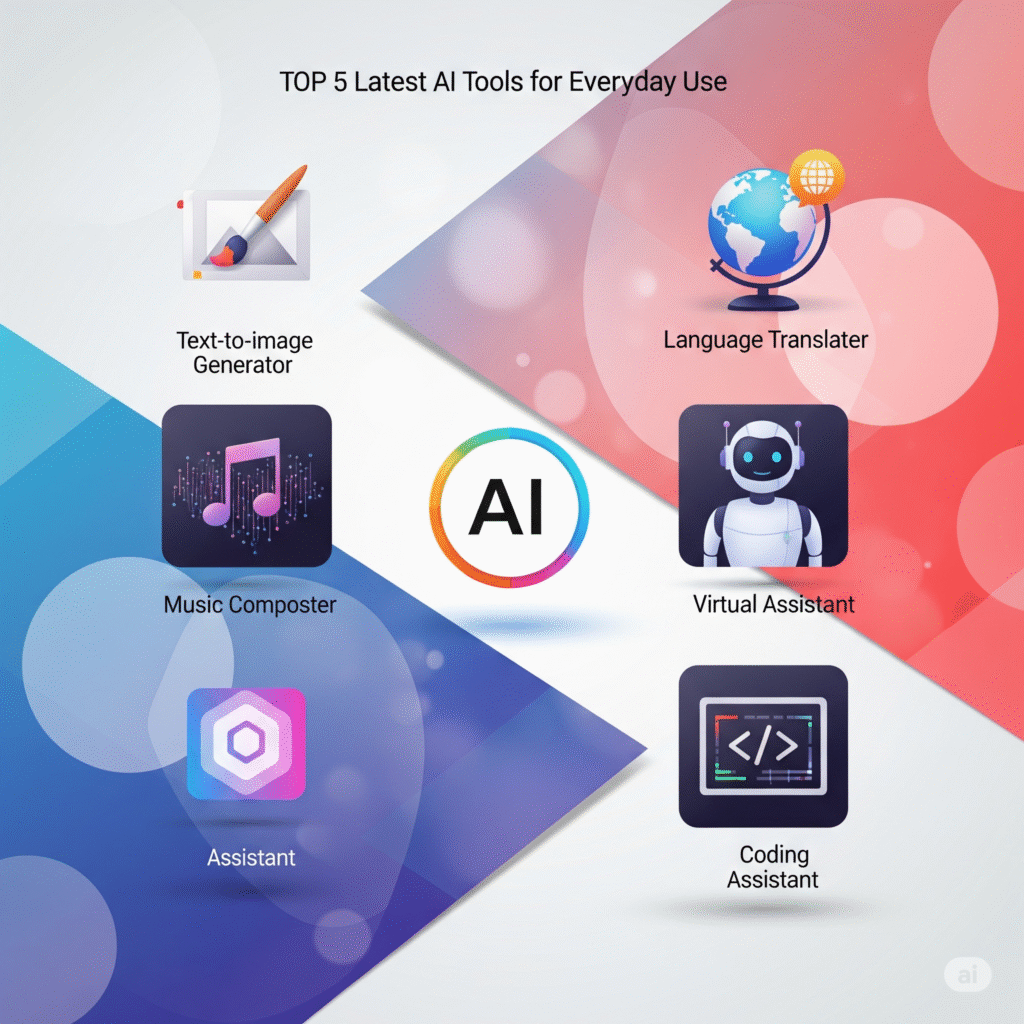Unlocking Efficiency with No-Code Automation Tools
In today’s fast-paced digital landscape, businesses and individuals alike are seeking ways to boost productivity without extensive technical knowledge. Enter no-code automation tools, a transformative solution that enables users to streamline processes, automate repetitive tasks, and enhance overall efficiency. This article delves into the various facets of no-code automation tools, their benefits, and how they can revolutionize your workflow.
Understanding No-Code Automation Tools
No-code automation tools allow users to create automations and workflows without writing any code. These platforms provide intuitive interfaces that make it easy to build sophisticated setups, from connecting disparate applications to automating multi-step processes.
The Rise of No-Code Solutions
As technology continues to advance, the need for faster, more efficient working methods has grown. No-code solutions have emerged as a popular response to this demand, enabling users to adapt quickly to changes without the traditional hurdles associated with software development.
Key Features of No-Code Automation Tools
- User-Friendly Interfaces: Drag-and-drop functionality and simple workflows make it accessible for non-technical users.
- Integration Capabilities: Most no-code tools can seamlessly connect with various applications, enhancing functionality.
- Customizable Workflows: Users can tailor processes to fit specific business needs, providing flexibility.
- Real-Time Collaboration: Some platforms support team collaboration, facilitating better communication and project management.
Benefits of Utilizing No-Code Automation Tools
The advantages of adopting no-code automation tools are substantial, especially for businesses aiming to improve productivity and operational efficiency.
Increased Efficiency and Time Savings
By automating mundane tasks, organizations can free up valuable time for their teams. This not only accelerates project timelines but also allows employees to focus on more meaningful work.
Enhanced Accuracy and Reduced Errors
Manual processes are prone to human error, which can be costly in the long run. Automating these operations minimizes mistakes, ensuring that tasks are completed consistently and accurately.
Popular No-Code Automation Tools to Consider
With an array of no-code automation tools available, selecting the right one can be daunting. Below are some standout platforms:
- Zapier: Connects over 3,000 apps to automate workflows effortlessly.
- Integromat (Make): Offers powerful tools to integrate apps and services for complex workflows.
- Bubble: A comprehensive platform for building apps without code.
- Automate.io: A straightforward tool for creating automated workflows across multiple platforms.
Implementing No-Code Automation Tools in Your Workflow
To successfully integrate no-code automation into your processes, consider these steps:
- Identify Repetitive Tasks: Start by listing tasks that consume significant time and resources.
- Choose the Right Tool: Select a platform that best meets your automation needs based on features and integrations.
- Develop Workflow Templates: Create templates for common processes to streamline onboarding and usage.
- Monitor and Optimize: Continuously track the performance of your automations and make adjustments as needed.
Future Trends in No-Code Automation
The no-code movement is not just a passing trend; it’s a revolution in how we approach productivity and technology. As AI continues to evolve, expect to see further innovations that will enhance the capabilities of no-code tools, making them even more powerful.
Integration with Artificial Intelligence
As no-code tools evolve, their integration with AI systems will likely increase, providing users with predictive analytics, better insights, and intelligent automations that adapt to user behavior.
The Rise of Citizen Developers
The concept of “citizen developers” will gain traction, empowering business users to take control of their technical needs without waiting for IT departments, thus speeding up innovation and implementation processes.
Conclusion
No-code automation tools are reshaping how we approach productivity in the workplace. By leveraging these tools, businesses can automate tasks, reduce errors, and focus on what truly matters. As we move toward a more automated future, embracing no-code solutions will be essential for staying competitive and efficient.
Understanding No-Code Automation Tools
No-Code Automation Tools have revolutionized the way businesses operate by allowing individuals without technical expertise to create complex workflows and processes. These tools enable users to automate repetitive tasks, improving efficiency and freeing up valuable time for more strategic activities. With a user-friendly interface that often relies on drag-and-drop functionality, anyone can leverage these technologies to enhance productivity.
Popular No-Code Automation Tools
Several No-Code Automation Tools dominate the market, each offering unique features tailored to specific business needs. Tools like Zapier and Integromat provide extensive integrations with a myriad of applications, simplifying the connection between different services. Meanwhile, platforms like Airtable combine databases with automation capabilities, allowing users to manage their projects effortlessly. These tools empower businesses to streamline operations without the need for a dedicated IT team, making them accessible to startups and small businesses alike.
Benefits of Adopting No-Code Automation Tools
The primary benefit of No-Code Automation Tools is the significant reduction in the time spent on manual tasks. By automating workflows, businesses can achieve higher productivity levels and minimize human error. Furthermore, teams can focus on core strategic initiatives rather than bogging down their workload with mundane tasks. This shift not only enhances employee satisfaction but also boosts overall organizational efficiency.
Future Trends in No-Code Automation
As technology continues to evolve, the landscape of No-Code Automation Tools is also changing. Emerging trends indicate an increased emphasis on artificial intelligence integration, enabling smarter automation processes. These advancements will likely allow for even more personalization and adaptability in workflows. As businesses continue to embrace digital transformation, implementing No-Code solutions will be essential for maintaining a competitive edge.


